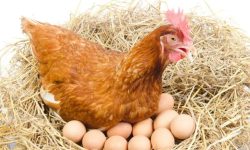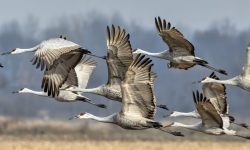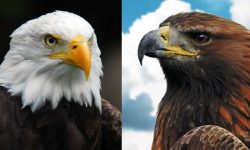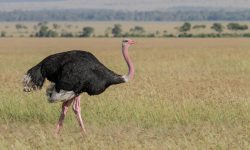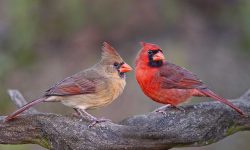Birds have long fascinated people with their beauty, songs, and social behavior. Among them, larks stand out for their cheerful songs and captivating flight displays. But what exactly is a group of larks called?
In this article, we will explore the collective nouns associated with larks, their meanings, origins, and some amazing facts about lark behavior. You’ll also discover how these names reflect the nature of these birds, and how collective nouns enrich our language and understanding of wildlife.
What Is a Group of Larks Called?
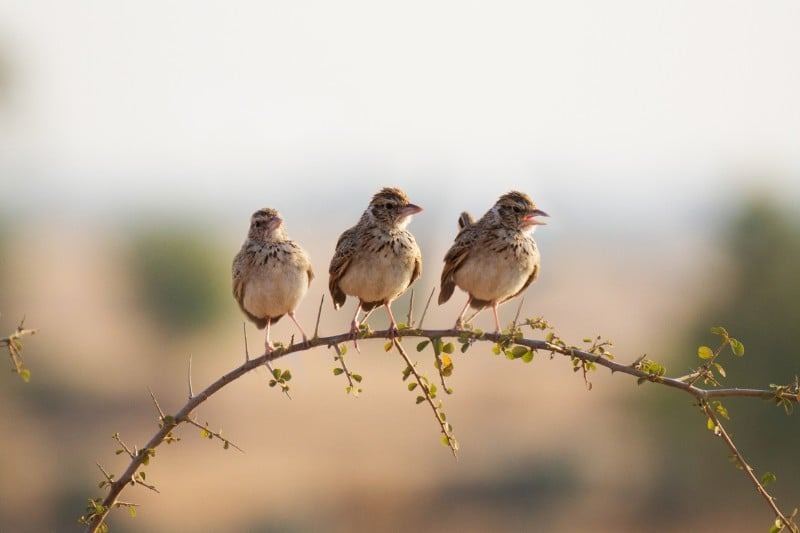
The most commonly accepted collective noun for a group of larks is an exaltation of larks. This poetic and somewhat whimsical term dates back to the Late Middle Ages when many bird groups were given imaginative names that reflected their perceived qualities.
Other less common but still recognized terms include:
A bevy of larks
A flight of larks
A ascension of larks (rare)
Each of these terms highlights different aspects of the lark’s behavior, especially their love for song and flight.
Origins of the Phrase “An Exaltation of Larks”
Medieval Influence on Collective Nouns
The term “an exaltation of larks” first appeared in the 15th century in books like The Book of Saint Albans, a famous treatise on hunting, hawking, and heraldry. Writers of the time loved assigning fanciful names to animal groups, often influenced by poetic imagination rather than scientific observation.
These terms weren’t always meant for biological classification; instead, they captured a sense of personality or cultural meaning. The idea was to describe the “spirit” of the animal group, and in the case of larks, their exuberant, soaring song inspired the term “exaltation.”
The Connection to Song and Sky
The word “exaltation” itself means a feeling of extreme happiness or elation. Larks are well-known for their melodious singing, often delivered in mid-air as they flutter high above open fields. This behavior gives the impression of joy or praise, hence the association with “exalting.”
Why Are Larks Associated with Joy and Song?
Vocal Abilities of Larks
Larks are songbirds belonging to the family Alaudidae, known for their complex and melodious songs. The Eurasian skylark (Alauda arvensis) is especially renowned for its extended aerial song displays that can last for several minutes.
These songs are not only beautiful but serve essential purposes such as attracting mates and defending territory. Male larks sing while flying high in the sky, creating an uplifting image of music being cast down from above.
Cultural Symbolism of Larks
Larks have appeared in literature and folklore for centuries, symbolizing joy, inspiration, and the dawn. In Shakespeare’s Romeo and Juliet, the lark’s morning song forces the lovers to part. In poetry, the lark often heralds hope and the start of a new day.
Their cheerful singing and high flights have made larks a symbol of happiness and spiritual elevation in many cultures.
Other Collective Nouns for Birds: A Brief Overview
Examples of Bird Collective Nouns
Birds in general have some of the most creative collective nouns in the English language. Here are a few examples:
A murder of crows
A parliament of owls
A gaggle of geese (on land)
A skein of geese (in flight)
A charm of finches
These terms often reflect either the behavior or cultural symbolism of the birds in question.
Why Do Collective Nouns Matter?
Collective nouns offer a unique lens into how humans perceive animals. They can provide insight into the habits, social structures, and even the sounds that species are known for. In literature and conversation, they add color and creativity to language.
Fascinating Facts About Lark Behavior
Solitary vs. Social Behavior
Though the collective noun “exaltation” suggests large groups, larks are not always gregarious. Some species are solitary or live in pairs during the breeding season, while others gather in flocks, especially in winter.
For instance, the horned lark (Eremophila alpestris) often forms large flocks in open fields during colder months. These flocks can sometimes include hundreds of individuals, making the term “exaltation” quite fitting when applied.
Nesting and Reproduction
Most larks are ground nesters. They prefer open grasslands or agricultural fields where they build small, well-camouflaged nests. Female larks typically lay 2 to 6 eggs, and both parents often share the responsibilities of feeding the chicks.
The nesting period is crucial for survival, and the birds’ songs become even more prominent during this time as males work hard to defend their territories and attract females.
Seasonal Movements
Some lark species are migratory, especially those in colder regions. The Eurasian skylark, for example, breeds in northern Europe and migrates to southern Europe or North Africa in winter. During migration, flocks may form temporarily, aligning with the image of a communal “exaltation.”
How to Use Collective Nouns in Writing and Speech
In Descriptive Writing
Using collective nouns can enhance your writing by adding elegance and vivid imagery. Instead of saying “a group of larks,” you might say “an exaltation of larks took to the sky, their songs piercing the morning mist.” This not only describes the scene but adds a poetic layer.
In Educational Settings
Collective nouns are a fun way to teach children about language, animals, and creativity. Many classrooms use them in language arts or science lessons to help students connect vocabulary with real-world concepts.
In Birdwatching and Ornithology
While scientific terminology typically prefers neutral terms like “flocks,” the use of collective nouns like “exaltation” can still be found in birdwatching guides, nature writing, and conservation literature.
Do All Languages Have Collective Nouns for Animals?
Collective nouns as used in English are somewhat unique in their whimsical creativity. Other languages may use more functional terms to describe animal groups.
For example, in French, “un groupe d’alouettes” simply means “a group of larks,” and in Spanish, “una bandada de alondras” carries a similar straightforward meaning.
However, English stands out for its imaginative approach, especially due to its literary traditions and the influence of medieval hunting culture.
Conservation Status of Larks
Threats to Lark Populations
Many lark species are facing threats due to habitat loss, especially from agriculture and urbanization. The Eurasian skylark, once common across farmland, has seen sharp declines in some areas due to changes in farming practices.
Protection and Awareness
Conservation programs focus on preserving open grasslands, promoting eco-friendly farming, and raising awareness through citizen science projects like bird counts. Recognizing and appreciating these birds, even through something as simple as their collective noun, can foster public interest in their protection.
Larks in Literature and Music
Poetic Inspirations
Writers and poets have long been inspired by larks. From William Wordsworth to Percy Shelley, the lark has been used as a metaphor for hope, inspiration, and the divine.
Shelley’s famous poem “To a Skylark” praises the bird’s untouchable joy and ethereal song. This poetic view directly aligns with the collective noun “exaltation,” highlighting the bird’s place in the artistic imagination.
Musical References
Larks have also influenced composers. Ralph Vaughan Williams composed The Lark Ascending, a violin piece inspired by George Meredith’s poem. The music captures the feeling of a lark soaring through the air, bringing the idea of an “exaltation” to life through melody.
Fun Activities: Learning Collective Nouns
Games and Quizzes
You can create classroom or family games where participants guess the correct collective noun for different animals. Including imaginative terms like “an exaltation of larks” makes the activity both educational and entertaining.
Art and Craft Projects
Children and adults alike can create artwork based on bird groups, drawing or painting scenes of an exaltation of larks in the sky. Adding the collective noun as a caption helps reinforce language learning visually.
Conclusion: More Than Just a Name
The term “an exaltation of larks” is more than just a collective noun—it’s a poetic tribute to the beauty, joy, and musical spirit of these remarkable birds. Whether you’re a birdwatcher, a language enthusiast, or a lover of literature, understanding and using these collective nouns adds depth to your appreciation of the natural world.
Next time you see a group of larks dancing in the sky or hear their cheerful chorus from afar, remember: you’re witnessing an exaltation—an uplifting reminder of how language and nature come together in harmony.

